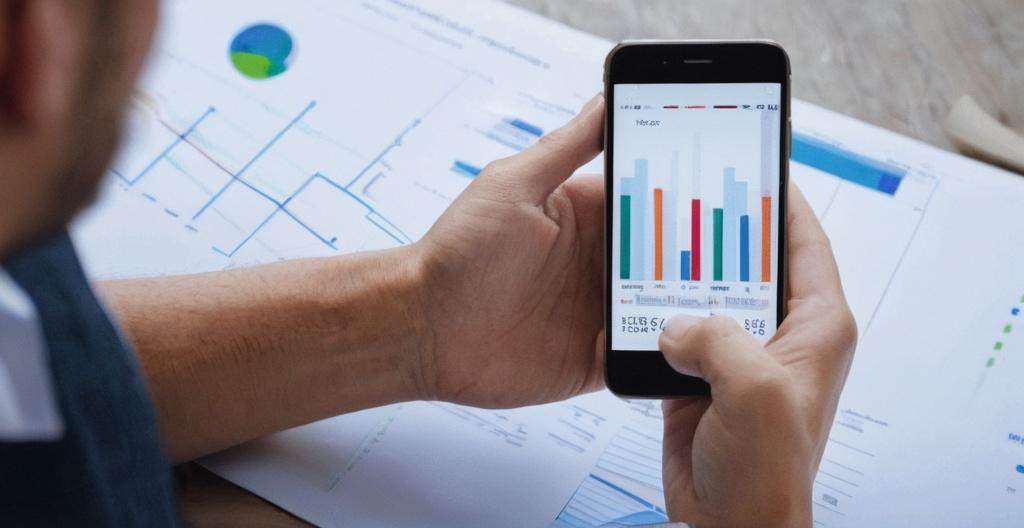Key Take Aways About Commodities Trading
- Commodities are essential resources like oil, gold, and coffee, traded as hard (mined) or soft (grown) commodities via futures contracts.
- Commodity prices are affected by supply-demand dynamics, geopolitical events, currency fluctuations, and weather patterns.
- Technical analysis with charts, candlestick patterns, and moving averages aids in price prediction.
- Risk management through stop-loss orders and cautious use of leverage is crucial.
- Market participants include producers, speculators, and hedgers with different objectives.
- Successful commodities trading requires knowledge, timing, and adaptability.

Trading Commodities: A Ground-Level Look
Think about the stuff that makes the world tick—oil, gold, corn, and coffee. These are not just resources but valuable commodities on the trading scene. Commodities trading isn’t just for folks in pinstripe suits with Wall Street addresses; it’s for anyone with a bit of curiosity and a knack for numbers. At its core, it’s about buying and selling raw materials or primary agricultural products without getting your hands dirty.
Understanding the Basics
Commodities come in two flavors: hard and soft. Hard commodities like oil and metals are typically mined, whereas soft ones such as wheat, coffee, and livestock are grown. When we talk about trading commodities, we’re chatting about future contracts. You’re basically bargaining on what a commodity will cost down the line, which seems a bit like betting on next week’s winner of a reality TV show, but with higher stakes.
What Drives Commodity Prices?
The prices are influenced by a cocktail of factors. Supply and demand is the headliner here. If there’s a bumper crop of soybeans, for example, prices may drop because there’s an abundance. On the flip side, if a drought hits, prices can shoot up. Then you’ve got geopolitical events, currency fluctuations, and even weather patterns joining the fray. It’s like a soap opera of economics.
Technical Analysis: The Trader’s Toolkit
Charts are your best friends here. Charts can tell you if a commodity price is about to take off or crash into oblivion. Yes, it’s like trying to predict the whims of a cat, but bear with me. The art of technical analysis is like reading tea leaves, but with numbers and patterns.
Candlestick Patterns
These colorful little bars on a chart can appear arcane but are immensely helpful. A bunch of green bars suggests a trend that’s upward and possibly gaining momentum. Red ones indicate a downward spiral. Recognizing patterns like “Doji” or “Hammer” can signal potential turning points—just like knowing where all the potholes are during a road trip.
Moving Averages
Think of moving averages as the safety nets. They smooth out short-term fluctuations and highlight the direction of the trend. The 50-day and 200-day moving averages are common choices, kind of like the Coke and Pepsi of technical indicators.
Risk Management: Avoiding Catastrophe
Now, not to sound like a cautious parent, but risk management is essential in commodities trading. A trader’s not only looking to make profits but also to secure their investments. Stop-loss orders are like the airbags in your car; they protect your portfolio from unexpected plummets in prices.
Leveraging Futures Contracts
Futures can offer huge opportunities, but they’re not without risk. Being aware of the potential for high leverage to amplify gains—and losses—keeps you from biting off more than you can chew.
Market Participants and Their Roles
The commodities market is populated by various players, each with its own agenda. Producers, like farmers and miners, want to lock in prices to avoid market unpredictability. Speculators aim to profit from price changes but aren’t interested in the physical goods. Hedgers, on the other hand, use the market to offset risk. Imagine a farmer who’s worried about next year’s crop prices entering into a futures contract to stabilize income.
Personal Anecdote: My First Trade
Allow me to take you back to my initial foray into commodities trading. It was like trying to navigate a maze with a blindfold, honestly. Opted for a corn futures contract because everyone else was dabbling in oil. Turned out, knowing when to hold and when to let go was as crucial as knowing the difference between a hard and soft commodity. Sold it at the right time and felt a little like a rock star. But just as quick, a hasty move reminded me that the market doesn’t play favorites.
Conclusion
Commodities trading holds a mix of art and science, blending chart insights with market news and a splash of gut feeling. It’s as volatile as it is rewarding. For anyone considering a dip into this pool, remember that knowledge, timing, and patience are your allies. Trading in commodities isn’t just for the financial elite—it’s for those willing to learn, adapt, and occasionally take a well-judged plunge into the unknown.